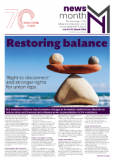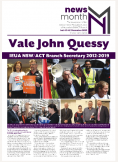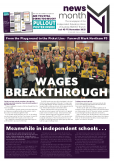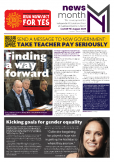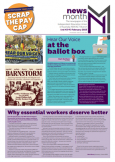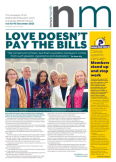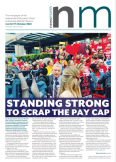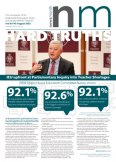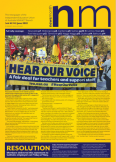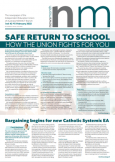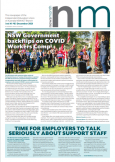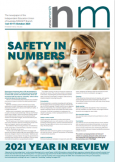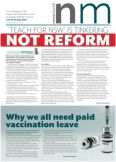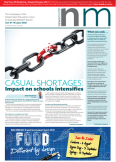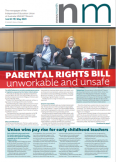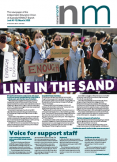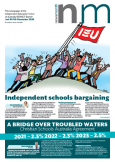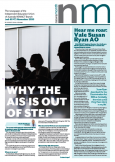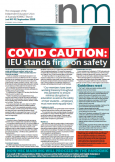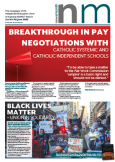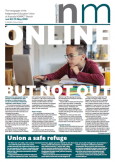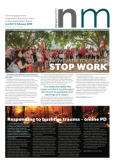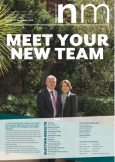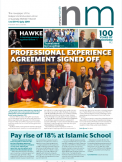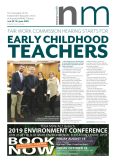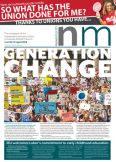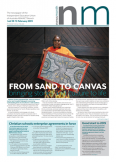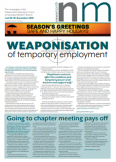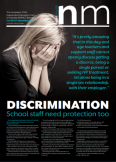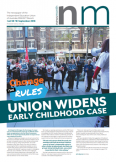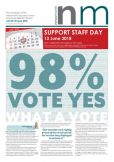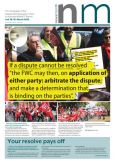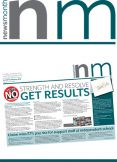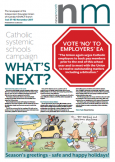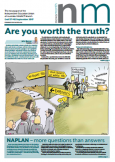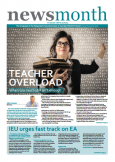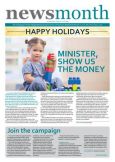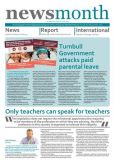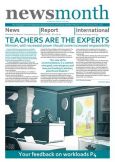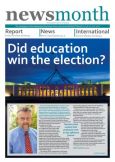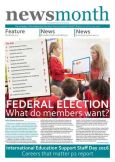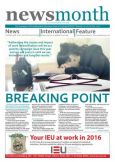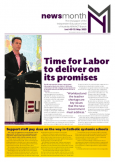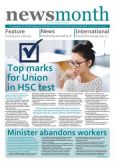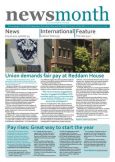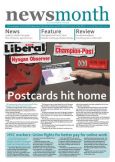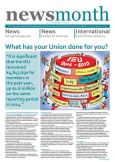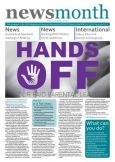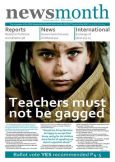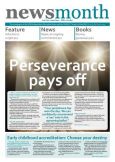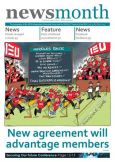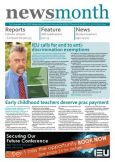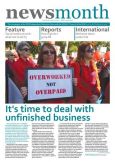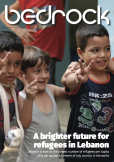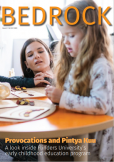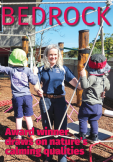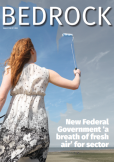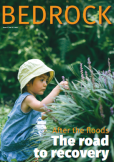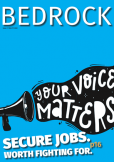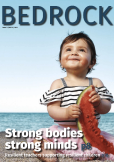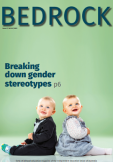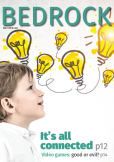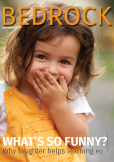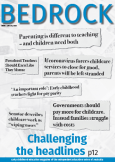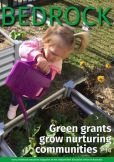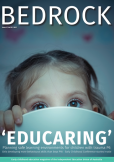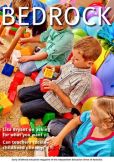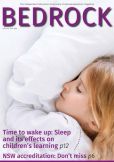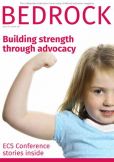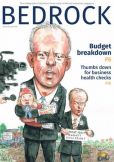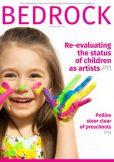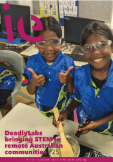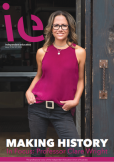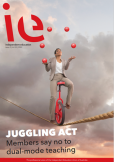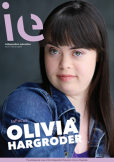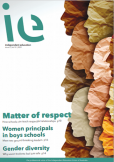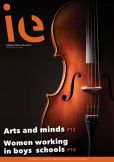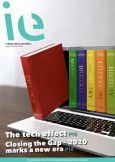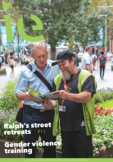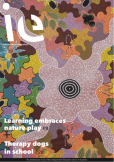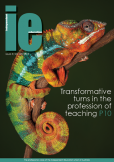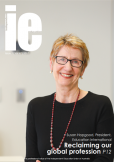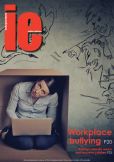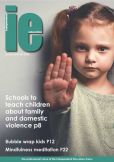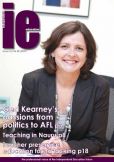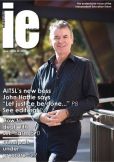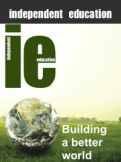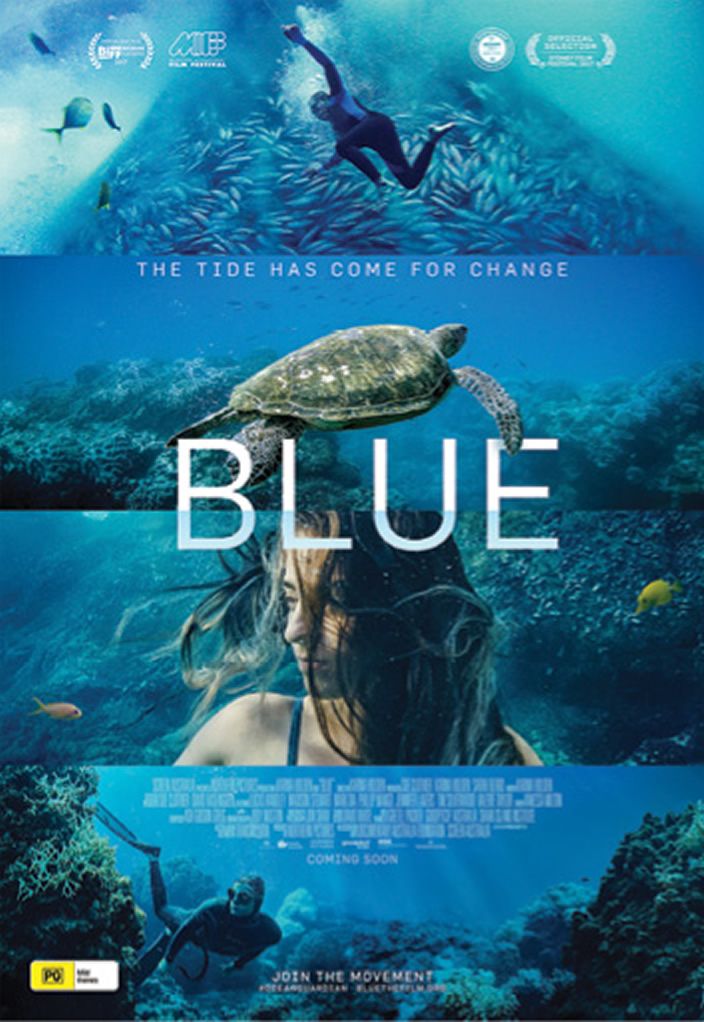
Blue, a feature documentary by Northern Pictures, comes at a critical moment in our history when the state of our ocean has reached crisis point. Shot on location in Hawaii, Indonesia, the Philippines and Australia, the film takes us deep into the Pacific, into bustling fish markets in Indonesia and remote tropical beaches in the Coral Sea. Told through the eyes of seven Ocean Guardians, Blue is an exceptional educational tool that ignites a curiosity and love of learning about our liquid world.
Cool Australia’s free teacher toolkit is now available for early learning, primary and secondary teachers. It includes 62 lesson plans and student activities, 120 hours of activities, 160 factsheets and a compelling library of digital resources. These curriculum aligned lessons span across many year levels and subject areas, and include never seen before video clips from the film. These are all valuable resources a teacher might use to involve young people in interesting and meaningful learning.
Blue is a feature documentary film charting the drastic decline in the health of our oceans. It is a cinematic song for our oceans; beautiful, intimate and grand. No matter where you are in Australia, it will make you want to rise up with the waves to become an ocean guardian.
Along with the film is an ambitious global campaign to create advocacy and behaviour change through the #oceanguardian movement.
To watch the film and become an ocean guardian, visit www.bluethefilm.org
Sample activity from a Year 9-10 English lesson...
Ocean Guardian campaigns – social action activity
Curriculum links: Year 9 and Year 10 English
General capabilities: Literacy, Critical and creative thinking, Ethical understanding
Cross curriculum priority: Sustainability
Learning intentions: Students develop skills and confidence to speak up about issues that matter to them.
Success criteria: Students will:
- identify the features of good campaigns
- feel empowered to have a voice
- create a compelling campaign for
- social action, and
- identify the ‘ask’ and evaluate the responses.
Part A: 30 minutes
Step 1. Introduce the lesson by informing students that they will be considering the power of youth voice to influence action on issues of global concern. In this instance, the focus will be ocean conservation, becoming an Ocean Guardian and convincing others to do the same. Explain that students will be working in groups to consider a set of existing campaigns and present a campaign from their personal perspective.
Step 2. Open the video Who is Madison Stewart? at https://vimeo.com/211443595.
Step 3. Explain to students that the clip is from Blue and features a young campaigner, activist and Ocean Guardian, Madison Stewart. While watching the clip, encourage students note the messages they hear from Madison about young people being able to make a difference.
Step 4. After watching the video, facilitate a discussion on the key points made by Madison. Prompt students by asking for their thoughts on these key messages:
You have the power to make a difference no matter how old you are.
One person can make a difference.
You can ask questions about the decisions that are being made by others about your future.
Step 5. Explain to students that shared stories are a powerful way to connect with people. Invite the class to engage in the ‘Think, Pair, Share’ visible thinking routine:
Think: about a story from their past when they ‘spoke up’. It could be as simple as asking for something they really wanted, or letting someone know they were lost, or speaking up when they saw that someone or something was being treated unfairly. If required, write these questions on the whiteboard and invite students to use them to guide their thinking:
Where were you? What was happening? Who was involved? What were you feeling? What did you do? What was the result?
Pair: with a classmate to tell the story.
Share: ask for volunteers to share their story with the rest of the class.
Step 6. Ask the class to comment on the values they think link to the stories. If students need clarification around what values are, use the school’s values to scaffold student discussion. Explain that the value of ‘courage’ can help a person to take action and speak out against something. Ask if any stories shared by the class displayed courage, then ask for any other values that have driven the person to ‘speak up’. During the discussion, list the values suggested by students on the whiteboard.
Step 7. Write the following quote on the whiteboard:
“I’m not fully sure I’ll save anything, but the principle is that we fight for it in the meantime.” Madison Stewart
Ask students to consider the values that Madison might have, especially in relation to the work that she does campaigning against shark fishing. Write students’ suggestions under the quote.
Step 8. Introduce the concept of values aligned actions. Ask students to identify an action for each value on the whiteboard. Suggest that an easy way to think about actions is as ‘values with legs’, and these can be written as ‘We will’ statements. Begin by writing an action next to the value of ‘courage’: ‘We will’ (speak up about issues that matter to us). Work as a class to develop an associated ‘We will’ statement for at least three of the values listed on the whiteboard. Draw students’ attention to the diversity of actions suggested and highlight that the same values can lead to many different actions.
Step 9. Ask the class to record the values and associated ‘We will’ statements. Remind students that their actions around issues is important, regardless of how old they are.
Find the full lesson at https://www.coolaustralia.org/activity/Blue-ocean-guardian-campaigns-social-action-year-9-10/
To download other free Blue lesson plans for the year level or subject area you teach at – https://goo.gl/pZxnN9
Cool Australia is an education not for profit that helps teachers find cool ways to critically engage, involve and switch on young Australians to learn for life. Last year, Cool Australia helped 76,000 exceptional educators teach 1.7 million young Aussies using free units of work and lesson plans and affordable online professional development to grow their professional skills anywhere, anytime and at their own pace.
Cool Australia and Northern Pictures would like to acknowledge the generous contributions of GoodPitch² Australia, Shark Island Institute, Documentary Australia Foundation, The Caledonia Foundation and Screen Australia in the development of these teaching resources.
